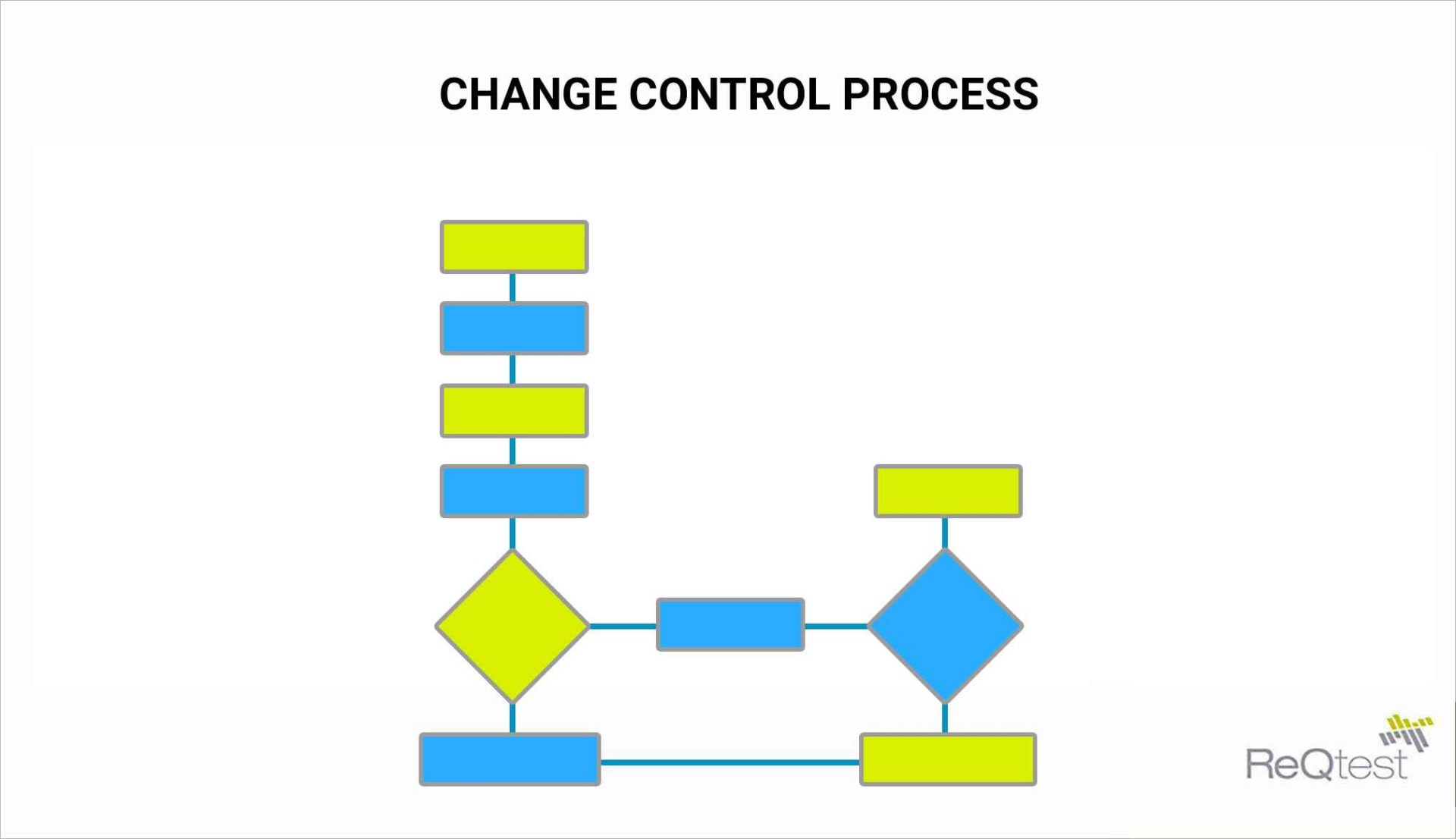August 3, 2020
What Is The Correct Order Of Steps In The Change Control Process?
Change control process refers to the process used to document, identify, and authorize key changes to any IT environment. By using this process, you can reduce any chances of unauthorized changes, disruptions, or errors that may occur in the system.
Plan / Scope
This refers to the ‘roadmap’ used at the start of the process. This allows you to understand the steps you will take to reach the end goal. During the planning stages, you need to integrate the resources that need to be leveraged, as well as detail the scope, objectives, and costs of the project.
It is crucial to take a multi-step approach instead of making large and unplanned sweeping changes. This will require you to identify and outline specific steps. These include measurable objectives, incentives, measurements, and analysis.
- Assess / Analyze
Impact and risk assessment is the next step in this process. It is important to take note of what could go wrong, as well as what related systems will be affected, and how.
You should also consider all the minor details in this step. Thereafter, categorize the proposed changes into low, moderate, and high risk.
With high-risk changes, you will need to incorporate extra steps. For example, you should notify your stakeholder or general management for high-risk changes and get their approval first.
- Review / Approval
Regardless of the change of the process, the review and approval process remains integral to the success of the project. Once all change requests have been made, the review process will begin. The team will then have a chance to discuss the options available with all parties present.
This encourages better communication and gives the team a chance to bounce their ideas off one another. It also allows them to discuss any concerns or ask any questions they may have.
- Build / Test
Once the change control process is approved, small-scale development can begin. This gives the team a chance to design and make any changes, using regression testing. Larger scale changes will require more testing before implementation.
- Implement
In this step, technical experts will quickly move a change along to successfully implement it. In certain cases, there will be a special implementation team created specifically for this task. The team should implement the change following the guidelines of the approved plan.
- Close
The three main aspects of the closing process include:
- Determining whether the project is finished
- Evaluating the project plan in the context of completing it
- Providing tangible proof of the project’s overall success
Should anything go wrong during the lifespan of this process, you should write a detailed review of what happened. This will help prevent it from happening again in the future.
Conclusion
Change control process can be used in a wide variety of industries. By using this systematic approach to manage all changes made to the product and process, you will ensure that all resources are used effectively and that there are no unexpected disruptions.
Share article
